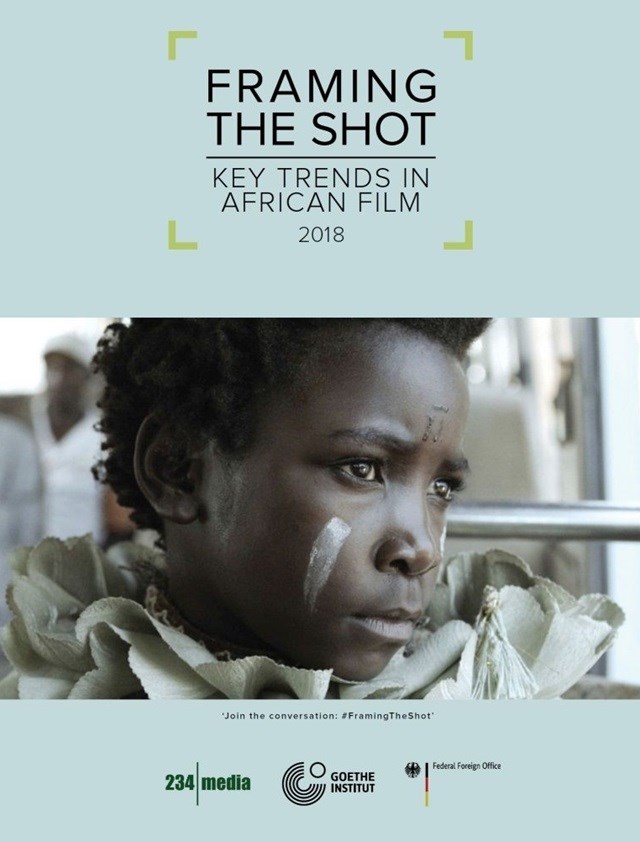The revenue potential of Africa's film market

If Africa were to follow China’s example and broadly invest in cinema infrastructure, it could achieve annual box office revenues of $1.5 to $2bn; with Nigeria and South Africa accounting for as much as $500m. This is one of the main findings of the 2018 Framing the Shot: Key Trends In African Film report, which was conducted by Founder of 234 Media, Dayo Ogunyemi, in partnership with the Goethe-Institut and with support from the German Federal Foreign Office.
Launching at the Durban International Film Festival 2018, the study aims to fill the substantial gap in information and analysis about the fast-changing film industry in sub-Saharan Africa.
Recommendations
Framing the Shot particularly recommends improving access to finance, incubating film-specific business skills and capacity and developing effective distribution.
Says the report’s author, Dayo Ogunyemi: “For too long, Africa’s film industry has been the subject of many anecdotes and much supposition; the absence of credible, comprehensive data has led to wasted resources and lost opportunities which the continent can scarcely afford…
“If African countries do not plan, invest and collaborate today, the trade deficit around content consumption will widen and the opportunity to shape the tastes and preferences of future generations of Africans will be lost.”
African cinema doesn’t have an African industry at all and that’s where our problem arises - Jihan El-Tahri
- A survey of African film makers and general analysis of the African film landscape.
- Country studies of Africa’s two largest film industries: Nigeria and South Africa.
- Case studies of three African films from development through completion; a comparison of the commercial performance of an African and a European film; as well as lessons drawn from the diaspora — specifically in the context of African-American film.
- Conclusions on African film in the global industry context and recommendations on priority steps to address the main opportunities and challenges identified.
Says Noemie Njangiru, culture and development coordinator at the Goethe-Institut: “There are two reasons behind our investment in reliable information about the continent’s film industries: firstly, the sector has a huge potential to contribute to economic growth and create employment opportunities. Secondly, we believe that strong film industries and better conditions for pan-African collaborations can contribute to undoing stereotypes, particularly in the context of the Western gaze on ‘Africa’.”
South Africa
Taking a closer look at the South African film industry, the report suggests extending the current “generous incentive system that is primarily centered on production… to the post-completion value-chain — sales, marketing and distribution”.
The study continues: “For filmmakers and audiences that continue to endure the historical disadvantages meted out under apartheid, more must be done. Cinema infrastructure must be extended to underserved townships in order to unlock latent spending power on film. One of the most promising ways in which South Africa can do this is to support entrepreneurs and SMEs to close the gaps in distribution capacity and the deficits in exhibition infrastructure in townships and rural areas.”
*Browse the full report online on https://www.flipsnack.com/goethejoburg/framing-the-shot-key-trends-in-african-film.html.
**Download PDF report and visual reference on https://www.dropbox.com/sh/ns2qgwa8di18iix/AACNsvs3u3gz0rawNnObjYIva?dl=0.
























